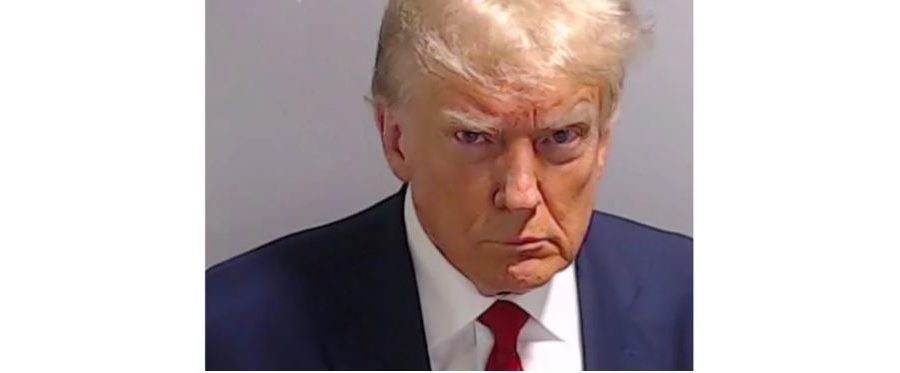In the world of law enforcement and criminal identification, a mug shot stands as a tangible, often unfiltered record of an individual’s interaction with the legal system. These photographs, which capture an individual’s frontal and profile views, serve a significant purpose beyond merely documenting a person’s appearance at a particular point in time. A mug shot encapsulates a complex interplay of legal, social, and technological factors, reflecting the broader dynamics of the criminal justice system.
Origins and Evolution:
The term “mug shot” traces its origins to the British slang word “mug,” meaning the face. The concept of using photographs to identify criminals dates back to the 19th century. Alphonse Bertillon, a French criminologist, introduced anthropometry, a method of identifying individuals based on their bodily measurements. However, it was the advent of photography that revolutionized the process. The modern mug shot as we know it today began to take shape in the late 1800s and early 1900s.
Purpose and Significance:
The primary purpose of a mug shot is to establish a visual record of an individual’s physical appearance at the time of arrest. This serves various functions within the criminal justice system:
- Identification: Mug shots are invaluable tools for law enforcement agencies to accurately identify individuals, particularly when dealing with repeat offenders. These images are often used in conjunction with fingerprints and other biometric data to ensure accurate identification.
- Evidence: Mug shots can also serve as evidence in court proceedings, particularly for cases involving identification or establishing the defendant’s state at the time of arrest.
- Public Record: Mug shots are often considered public records, allowing media outlets and the general public to access them. This transparency is a crucial aspect of accountability in the criminal justice system.
- Deterrence: The knowledge that one’s image could be captured and shared in a mug shot can act as a deterrent to potential offenders.
The Elements of a Mug Shot:
A standard mug shot comprises various elements:
- Frontal and Profile Views: A typical mug shot includes both a frontal and a profile view of the individual’s face. This helps capture facial features, scars, tattoos, and other distinguishing marks.
- Identification Information: The photograph is accompanied by essential details such as the person’s name, date of birth, date of arrest, and the law enforcement agency responsible for the arrest.
- Photographic Standards: Mug shots adhere to specific photographic standards to ensure consistency and accuracy in capturing facial features. These standards help prevent distortion that could hinder identification.
Social and Ethical Considerations:
While mug shots serve practical purposes, they also raise ethical and social considerations:
- Presumption of Innocence: Displaying a person’s image after an arrest blurs the line between being accused and being proven guilty. This challenges the principle of “innocent until proven guilty.”
- Stigmatization: Public availability of mug shots can lead to stigmatization, even if the individual is later found innocent. This can impact job prospects, relationships, and overall well-being.
- Media Exploitation: Mug shots are sometimes sensationalized by the media, leading to negative consequences for individuals before their guilt or innocence is determined.
Technological Advancements:
The digital age has transformed the way mug shots are taken, stored, and disseminated:
- Digital Records: Mug shots are now predominantly stored digitally, allowing for easier access and sharing.
- Automated Recognition: Facial recognition technology has advanced significantly, aiding law enforcement in identifying individuals more efficiently.
- Privacy Concerns: The digital nature of mug shots raises concerns about privacy, data security, and potential misuse.
In essence, a mug shot is not merely a photograph; it represents a nexus of legal processes, societal dynamics, and technological progress. While it serves crucial identification and evidentiary purposes within the criminal justice system, it also raises questions about privacy, ethics, and the presumption of innocence. As the legal and technological landscapes continue to evolve, so too will the mug shot’s role and impact in society.
You May Also Like –The Devastating Spokane Fire


